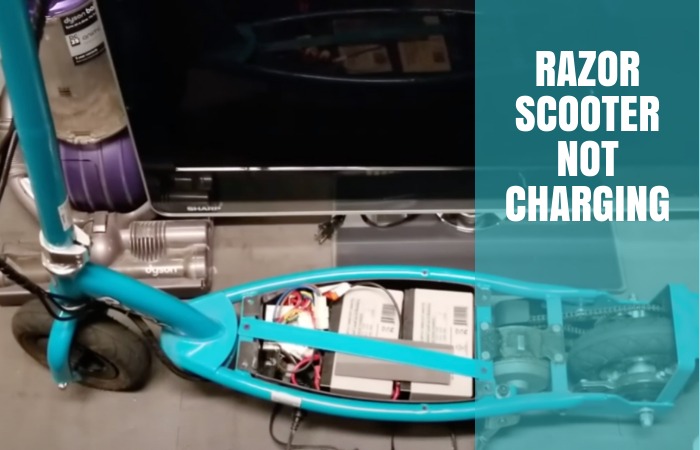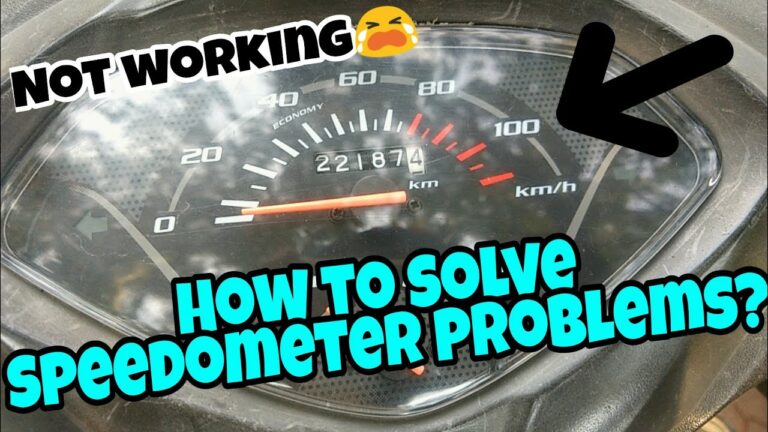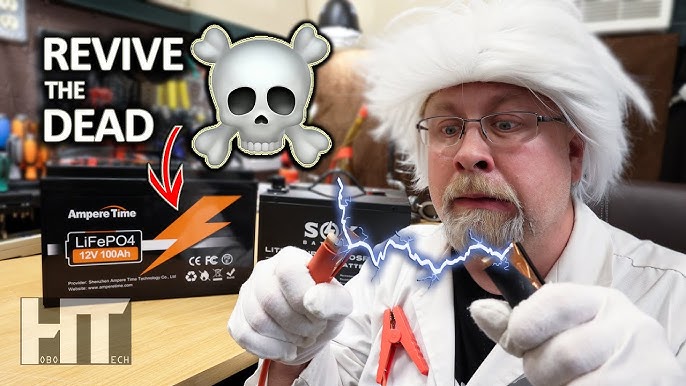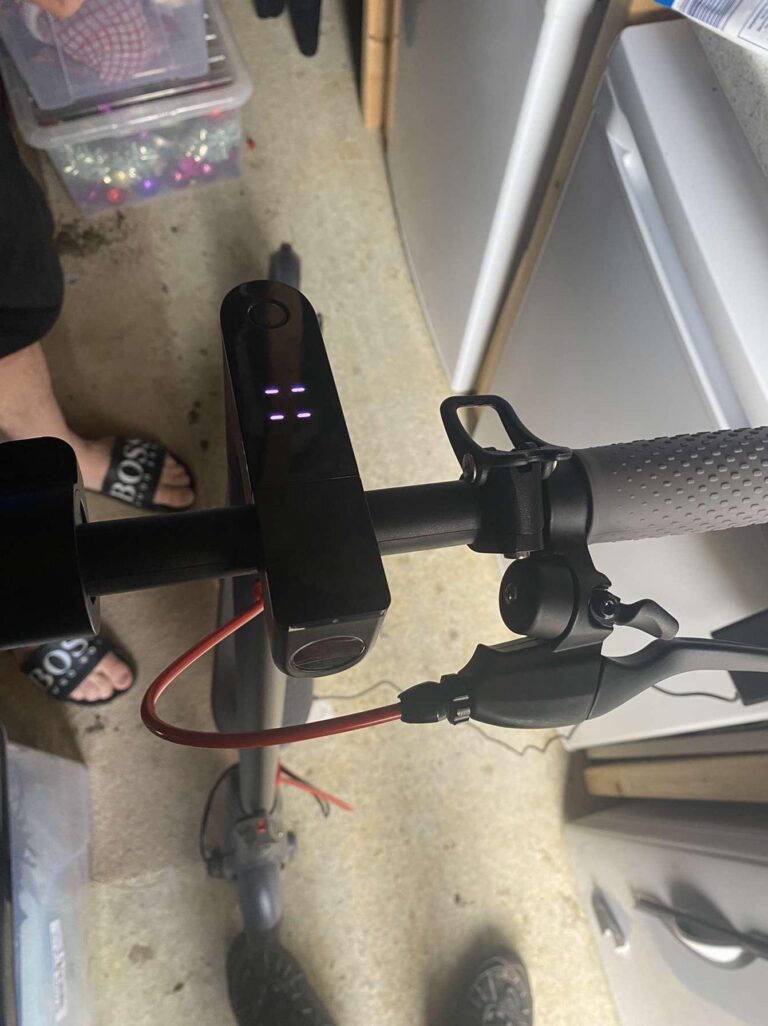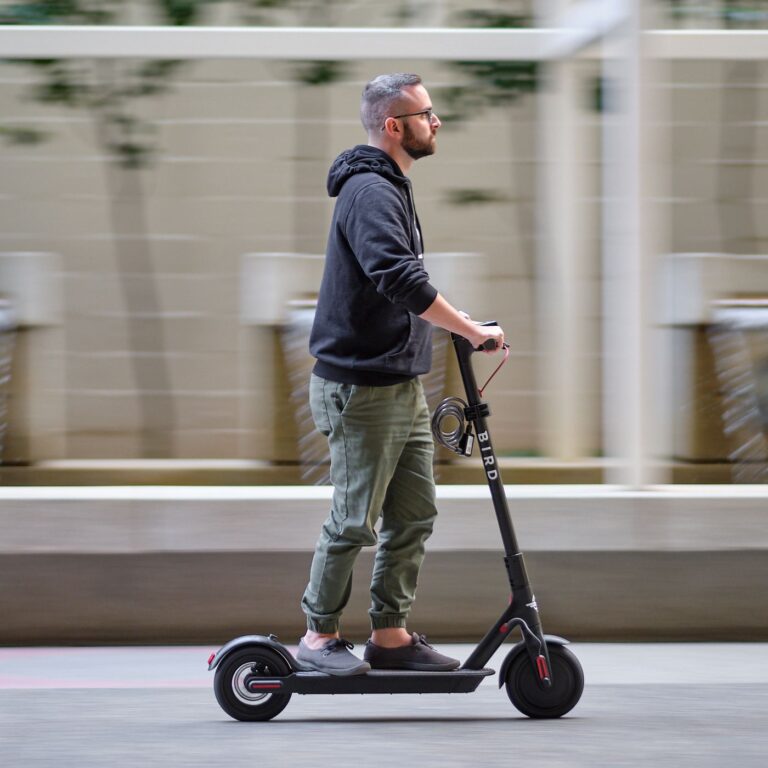Scooter Not Used for 2 Years: Rediscover the Joy of Riding

If a scooter has not been used for 2 years, it is important to take certain steps to ensure its proper functioning. We will explore what you can do to get a scooter back on the road after it has been unused for an extended period of time.
When a scooter sits unused for a prolonged period, several problems can arise. Firstly, the fuel may deteriorate, causing issues with the engine. Additionally, the battery might lose its charge or become damaged. It is also possible for various parts of the scooter to develop rust or corrosion.
To address these issues, start by emptying the old fuel and replacing it with fresh gasoline. Recharge or replace the battery if necessary. Thoroughly inspect the scooter for any signs of rust or corrosion, and treat affected areas appropriately. By following these steps, you can revive your scooter and ensure a smooth and safe riding experience.
The Importance Of Proper Scooter Maintenance
Proper maintenance is crucial for scooters that have been unused for 2 years. Regular check-ups and servicing can prevent potential damage and ensure optimal performance when you decide to ride again.
Regular Maintenance For A Scooter Unused For 2 Years:
- Inspect the scooter: Check for any signs of physical damage or corrosion that might have occurred during storage. Look for leaks, cracks, or loose parts.
- Clean the scooter: Remove any dirt, dust, or debris that may have accumulated over the years. Use a soft cloth or brush to clean the exterior of the scooter thoroughly.
- Check the battery: The battery might have drained completely or become damaged due to prolonged inactivity. Ensure it is charged or replaced if necessary.
- Test the brakes: Rust or corrosion may have affected the braking system. Test the brakes to ensure they are functioning properly and address any issues promptly.
- Evaluate the fuel system: If fuel was left in the scooter’s tank, it may have deteriorated, leading to clogs or damages. Drain old fuel, clean the fuel system, and refill with fresh fuel.
Key Check-Ups And Repairs:
- Spark plug inspection: Over the years, the spark plug might have become dirty, corroded, or worn out. Replace it if needed to ensure proper ignition.
- Carburetor cleaning: Stagnant fuel or residue in the carburetor can cause starting problems. Clean the carburetor thoroughly or seek professional help if necessary.
- Air filter replacement: A clogged air filter restricts airflow and can negatively impact scooter performance. Replace the filter with a new one to improve engine efficiency.
- Belt and drive system examination: Check the scooter’s belt and drive system for signs of wear, cracks, or damages. Replace any worn-out components to avoid belt slipping or failure.
- Electrical system check: Inspect the scooter’s wiring, switches, and lights. Repair or replace any damaged electrical components to ensure proper functioning.
Importance Of Oil And Fluid Changes:
- Engine oil change: The oil in the engine may have degraded or become contaminated over time. Change the oil to prevent engine damage and maintain smooth performance.
- Brake fluid change: Brake fluid absorbs moisture, and prolonged exposure can lead to decreased braking efficiency or system failure. Replace the brake fluid to ensure optimal brake performance.
- Coolant check: To prevent overheating and engine damage, check the scooter’s coolant level and condition. Top it up or replace if necessary to maintain the engine’s proper temperature.
- Transmission fluid inspection: Inspect the scooter’s transmission fluid level and quality. Replace it if needed to ensure smooth gear shifting and protect vital transmission components.
Ensuring Tires Are In Good Condition:
- Tire inspection: Check the scooter’s tires for proper inflation, tread depth, and signs of damage or dry rot. Replace any worn-out or damaged tires to ensure safe and reliable handling.
- Tire pressure maintenance: Inflate the tires to the recommended pressure level. Proper tire pressure improves fuel efficiency, maneuverability, and overall safety.
- Wheel alignment: Misaligned wheels can cause uneven tire wear, poor handling, and reduced fuel efficiency. Adjust the scooter’s wheel alignment or seek professional assistance if necessary.
Regular maintenance is crucial, even if your scooter has been unused for a long period of time. By following these key check-ups and repairs, changing oil and fluids, and ensuring tire condition, you will not only optimize your scooter’s performance but also guarantee a safe and enjoyable ride.
Remember, proper maintenance is the key to extending your scooter’s lifespan and avoiding unexpected breakdowns or repairs in the future.

Credit: www.smartrike.com
Getting Your Scooter Back On The Road
If your scooter has been sitting idle for 2 years, it’s time to get it back on the road. Follow these steps to ensure a smooth ride and avoid any issues after the long break.
A scooter is a great mode of transportation, but if it has been sitting unused for an extended period of time, it may require some maintenance to get it back on the road. In this section, we will discuss the steps you should take to inspect and prepare your scooter for use after it has been idle for two years.
Inspecting The Scooter For Any Damage Or Wear:
- Check for any physical damage, such as cracks in the body or worn-out tires.
- Inspect the brake system for any leaks or signs of corrosion.
- Examine the suspension system for any worn-out parts or fluid leaks.
- Look for any loose or rusted bolts and fasteners.
Cleaning And Lubricating Necessary Parts:
- Give your scooter a thorough clean by removing any dirt and grime that may have accumulated over time.
- Pay special attention to the chain and sprocket, cleaning and lubricating them to ensure smooth operation.
- Clean and lubricate the throttle grip and controls, ensuring they are free from dirt and operate smoothly.
- Lubricate the brake levers and cables to ensure proper functioning.
Checking The Battery And Electrical System:
- Test the battery voltage to ensure it is within the manufacturer’s recommended range.
- Clean the battery terminals and cables, ensuring a good connection.
- Inspect the wiring harness for any signs of damage or worn-out insulation.
- Check the lights and indicators, ensuring they are in working order.
Replacing Spark Plugs And Air Filters:
- Replace the spark plugs to ensure optimal combustion and engine performance.
- Clean or replace the air filter, ensuring clean airflow to the engine.
- Inspect the fuel lines and filter for any signs of damage or clogs.
- Check the fuel tank for any signs of rust or debris.
By following these steps, you can give your scooter the attention it needs and get it back on the road in no time. Remember to consult your scooter’s owner manual for specific instructions and recommended maintenance intervals. Enjoy your rides!
Rediscovering The Joy – Tips For Riding Again
Rediscover the joy of riding your scooter again after it hasn’t been used for 2 years. Follow these tips to get your scooter back on the road and enjoy the freedom it brings.
Remember the thrill of riding a scooter? The wind in your hair, the sense of freedom as you zoomed through the streets. But if your scooter has been sitting unused for a couple of years, it’s natural to feel a bit rusty when you hop back on.
Don’t worry, though! We’ve got some helpful tips to get you back into the swing of things and rediscover the joy of riding again.
Refreshing Your Riding Skills:
- Start by revisiting the basics: Look up online resources or take a refresher course to brush up on riding techniques and safety tips.
- Practice in a safe environment: Find an empty parking lot or a quiet street where you can reacquaint yourself with the scooter’s controls and get comfortable with maneuvering.
- Work on balance and control: Practice slow-speed turns, emergency stops, and smooth throttle control to regain confidence in your riding abilities.
Familiarizing Yourself With Local Traffic Laws And Regulations:
- Review the rules of the road: Traffic laws can change over time, so it’s crucial to refresh your knowledge of the local traffic laws and regulations. Familiarize yourself with any updates or changes since you last rode your scooter.
- Pay attention to signage: Take note of new signs or changes in road markings that may affect your riding experience. Understanding and following these rules will help keep you and others safe on the road.
Starting With Short Rides And Gradually Increasing Distance:
- Take it slow: Start with short rides around your neighborhood or familiar areas to build up your confidence and get comfortable on the scooter again.
- Gradually increase the distance: As you regain your comfort and skills, slowly extend the duration and distance of your rides. This progressive approach will ensure you’re fully ready for longer journeys.
Joining A Scooter Enthusiast Group For Support And Camaraderie:
- Seek out local clubs or online communities: Connect with fellow scooter enthusiasts who share your passion for riding. These groups can provide valuable support, advice, and a sense of camaraderie.
- Participate in group rides: Join organized rides to explore new routes, learn from experienced riders, and enjoy the company of like-minded individuals who can offer guidance and support along the way.
Rediscovering the joy of riding your scooter after a long break is an exciting journey. By refreshing your riding skills, familiarizing yourself with local traffic laws, starting with short rides, and joining a scooter enthusiast group, you’ll quickly regain your confidence and reignite your love for the open road.
So, dust off your helmet, hop on your scooter, and let the joyride begin!
Frequently Asked Questions On Scooter Not Used For 2 Years
What Happens If Scooter Is Not Started For Long Time?
If a scooter is not started for a long time, it may experience issues like a dead battery or fuel deterioration.
How Do You Start A Scooter That Has Been Sitting For Years?
To start a scooter that has been sitting for years, follow these steps: 1. Check the fuel system, including the tank, lines, and carburetor, for any blockages or debris. 2. Replace the old fuel with fresh gasoline and add a fuel stabilizer to prevent further damage.
3. Inspect the battery and either charge or replace it if necessary. 4. Check the spark plug and clean or replace it if needed. 5. Carefully kickstart or use an electric starter to ignite the engine. 6. Allow the scooter to idle for a few minutes to warm up before riding.
What Happens If I Don’T Start My Bike For Long Time?
If you don’t start your bike for a long time, it can lead to battery discharge, fuel system issues, and engine problems.
How Do You Store A Long Term Scooter?
To store a long term scooter, follow these steps: 1. Clean the scooter thoroughly before storage. 2. Ensure the fuel tank is empty or add a fuel stabilizer. 3. Remove the battery and store it separately in a cool and dry place.
4. Cover the scooter with a waterproof cover and store it in a secure and dry location.
Conclusion
Taking care of your scooter is essential if you want to ensure its longevity and performance. If your scooter has been sitting idle for two years, it may be time to give it some attention. Start by checking the battery and fluid levels, and make sure all parts are clean and lubricated.
Don’t forget to inspect the tires for any signs of damage or wear. If necessary, consult the owner’s manual or a professional for guidance. It’s also a good idea to take it for a test ride to make sure everything is functioning properly.
Keeping your scooter in good shape will not only extend its lifespan but also enhance your riding experience. So, don’t let your scooter gather dust any longer – give it the care it deserves and get ready to hit the road again!

